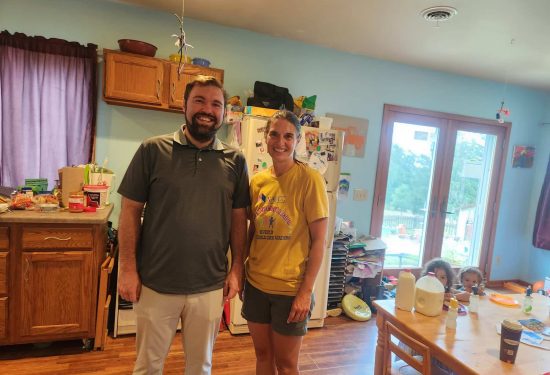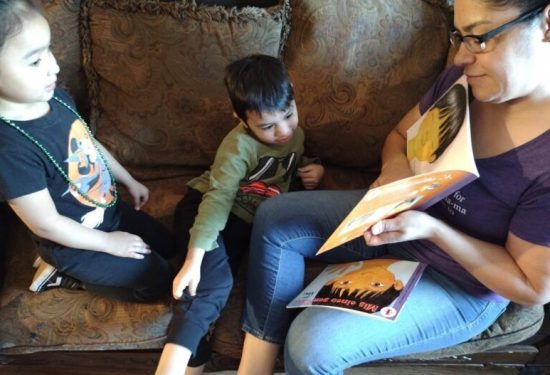COVID-19 Impact
Not only is the California child care industry at risk of financial collapse, many providers and their families are facing serious health risks. This survey finds that 63% of open child care programs would not survive a closure of one month or longer.
Emergency Fund
Community Resources for Children is providing wrap-around support for 62 home-based child care providers in Napa County in the form of $1,000-$2,500 stipends to help offset losses due to decreased enrollment and increased costs related to safety and health requirements.
Additionally, all home-based child care providers in Napa County will have access to cleaning and sanitation supplies; guidance on re-opening child care homes and centers; bilingual webinars on self-care, and supporting social-emotional health of children; and access to local food, mental health, and financial assistance resources.




